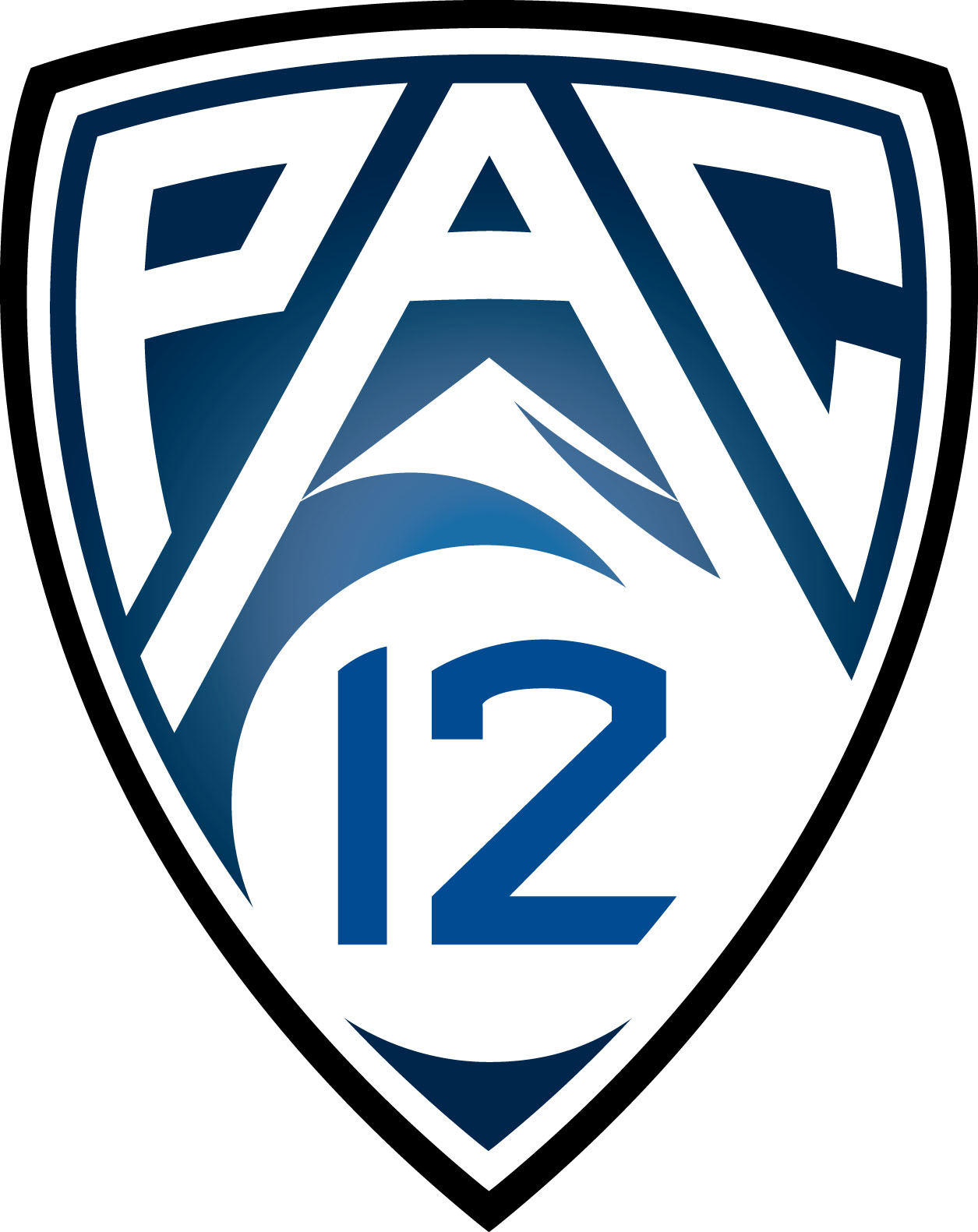If you were a fan of college football in 2010, you remember all the noise about the Pac-10 becoming the country’s first “super conference” by adding Texas, Texas A&M, Texas Tech, Colorado, Oklahoma, and Oklahoma State to form the Pac-16. It almost came to fruition, but Texas ultimately backed out along with all the rest except for Colorado. The Pac-10 then added Utah to become the Pac-12.
But what if the old Big 12 South hadn’t gotten gun shy? What if they all left to form the Pac-16 for the 2011 or 2012 season?
New Divisions and Pods
The Pac-16 would have very likely been split into East-West divisions with both divisions containing two “pods” of four teams. Here’s how it would have broken down:
| West Division | East Division |
| Washington State | Arizona |
| Washington | Arizona State |
| Oregon State | Colorado |
| Oregon | Texas Tech |
| Stanford | Texas |
| Cal | Texas A&M |
| USC | Oklahoma |
| UCLA | Oklahoma State |
This division alignment would reunite the traditional Pac-8 from long ago. The four pods would be further regionally based and would help maintain rivalries and make travel a bit easier for such an expansive conference. The four pods would have been split up like so:
Pod A (West Division)
- Washington State, Washington, Oregon, Oregon State
Pod B (West Division)
- Stanford, Cal, USC, UCLA
Pod C (East Division)
- Arizona, Arizona State, Colorado, Texas Tech
Pod D (East Division)
- Texas, Texas A&M, Oklahoma, Oklahoma State
What’s the point of further dividing divisions into pods? Let me explain. For football scheduling, it allows all conference members to play each other at least once every four years. So you avoid being in a conference with total on-field strangers like the Big 10 (many cross division schools have only played each other once since Big 10 realignment in 2014).
Each season, all division members would play each other. That’s seven conference games. To get to nine conference games, Pod A teams would play two games against Pod C teams – one home, one away. The following year, Pod A teams would play the remaining two teams from Pod C – one home, one away. Then the next two seasons, Pod A would play Pod D teams. So every four years, every team in the Pac-16 would play each other at least once.
In a world much more innovative than the one we live in, you could do away with divisions and set up your conference championship game using the pods while also achieving something the Big 12 used to do; guarantee that all conference opponents play each other twice every four years and get to host each other once every four years.
How do you do this? Scrap the divisions and keep the pods. Pod A plays a full round robin to reach three conference games played. Then play two teams each from Pods B, C, and D to add six more conference games, bringing the total to nine. After all teams have played these nine games, the winners of Pod A and Pod B play each other for a spot in the Pac-16 championship game against the winner of a game between Pod C and Pod D’s leaders. You could have a semifinal of Oregon vs. USC and another semifinal of Texas vs. Arizona State, for example.
The pod format should also work well for winter/spring sports scheduling. In a small 10-team conference like the Big 12, we get the luxury of playing everyone twice per season and hosting everyone in the conference annually in basketball. With 16 teams, you can’t do that. But you could play every team in your pod twice (six games) and every team from all other pods once (12 more games) to reach an 18-game conference schedule.
Presumably two games against other pods would be on the road while the other two against that pod would be at home. Smart scheduling would let Texas Tech play Washington in Seattle on Saturday, then play Washington State in Pullman the following Monday so the Red Raiders wouldn’t have to make the trip from Lubbock twice. The same could be done for all Texas/Oklahoma schools traveling to the West Coast.
The downside to the pod system is Texas Tech would have likely been left out of a pod with some of our favorite rivals like Texas and Texas A&M. Being geographically closer to Colorado and Arizona means we probably wind up with them. It would be a little disappointing but overall I think this conference format could work really well.
Pac-16 Network
I think the ultimate sticking point that blew this whole thing up was the Longhorn Network vs. the Pac-10/12/16 wanting its own network. Texas got what it wanted, but probably only for the short term. The Longhorn Network costs ESPN a lot of money and it’s doubtful they’ll get nearly the deal they initially got when it’s time to negotiate a new contract. The Pac-12 Network has been a flop.
The Pac-16 may have avoided both of these issues. If Texas had relented on having its own network, a Pac-16 Network may have been extremely successful given its regional and competitive appeal. Having Washington, Oregon, USC, UCLA, Texas, and Oklahoma all in one conference would surely draw a lot of eyeballs. Maybe the Big 12 and Pac-12 wouldn’t have fallen so far behind the SEC competitively if Texas high school recruits wanted to play in the Pac-16 instead. This is from an ESPN blog post about Texas high school recruiting:
“From 2006-11, the Big 12 had signed 73 percent of the national top 150 recruits that came from the state of Texas. In the six years that followed, the number plummeted to 43 percent.”
That coincides with the conference realignment timeline. You have to think a lot more top talent from Texas would have been more excited to play in the nation’s first super conference rather than bolt for the SEC or elsewhere.
I’m also assuming the Pac-16 Network would pay out handsomely to its members just like the Big 10 and SEC Networks do. Given what we know now, it may have been far preferable to the Pac-12, ESPN, and Texas. But hindsight is 20/20, as they say.
Goodbye TCU and Baylor
Notably, Baylor would have been left out of the exodus to the Pac-16. They would have started to whither away as a program starting in 2011 or 2012, probably in the American Athletic Conference. And they’d be there today along with TCU, who would have never had a chance to join the Big 12 in 2012. I’m not saying this as a shot at either school, but it would be pretty neat for the two of them plus SMU to all be in the same conference. Those are solid rivalries.
What happens to the rest of the Big 12?
When the Pac-16 didn’t work out, Colorado, Nebraska, Missouri, and Texas A&M found a landing spot anyway. But if Texas, Texas Tech, Oklahoma, and Oklahoma State were all gone too, what would happen with the rest? The SEC would be stuck at 11 teams without Texas A&M, maybe they’d consider adding West Virginia?
Kansas would be a good candidate for the Big 10, as it gives the conference a great basketball program, great academics, and the Kansas City market it missed out on when Mizzou went to the SEC. Heck, maybe Nebraska, Mizzou, and Kansas all head to the Big 10 together and the SEC still has 12 teams to this day instead of 14. Or maybe the SEC takes a swing at Florida State and Clemson, like the Big 12 was rumored to have considered.
As for Kansas State and Iowa State, I think they’d probably head to the Mountain West or AAC. It would be a geographic nightmare, but Boise State, BYU, Utah, Baylor, TCU, Kansas State, Iowa State, Cincinnati, and maybe West Virginia would all be on the table at this point in 2011 or so. Maybe they try to form a makeshift power conference in the wake of mass realignment, but it seems likely it all just becomes some version of today’s AAC.
Which scenario do you prefer?
Now that you’ve caught a glimpse of what life would be like in the Pac-16, what say you? Do you wish it had come to fruition, or do you like where things stand with the Big 12 as is?
Maybe it’s a case of “grass is greener…” but I’d want to roll the dice with the Pac-16. It would have been a fun experiment that, if gone wrong, would almost be over anyway as we approach a new round of conferences negotiating with networks. I like the idea of playing Washington, Oregon, USC, and UCLA in addition to Texas A&M again. It would make for some fun games, even if we were complaining that they kicked off at 9 p.m. instead of 11 a.m.









